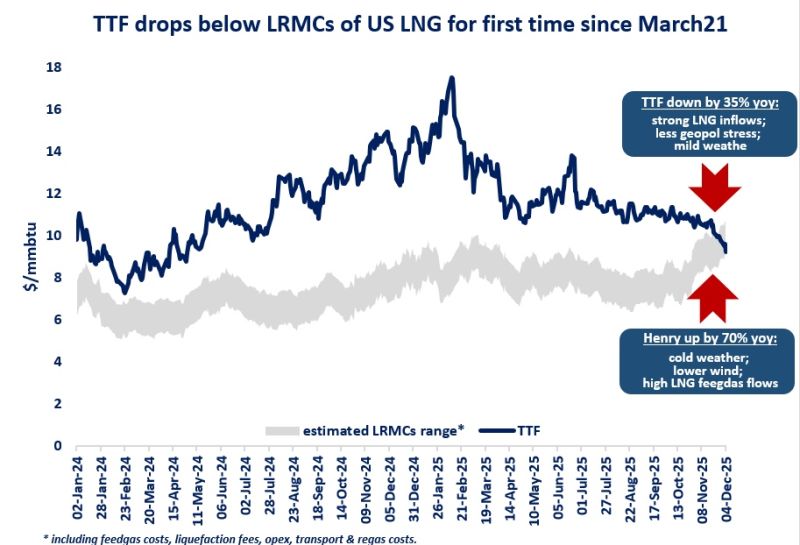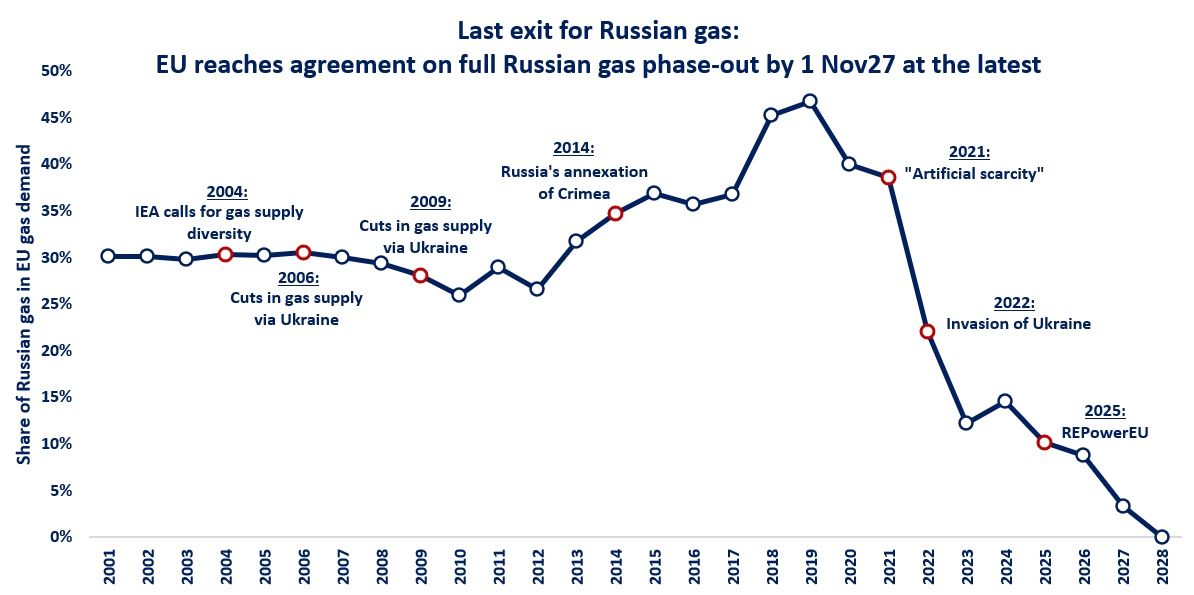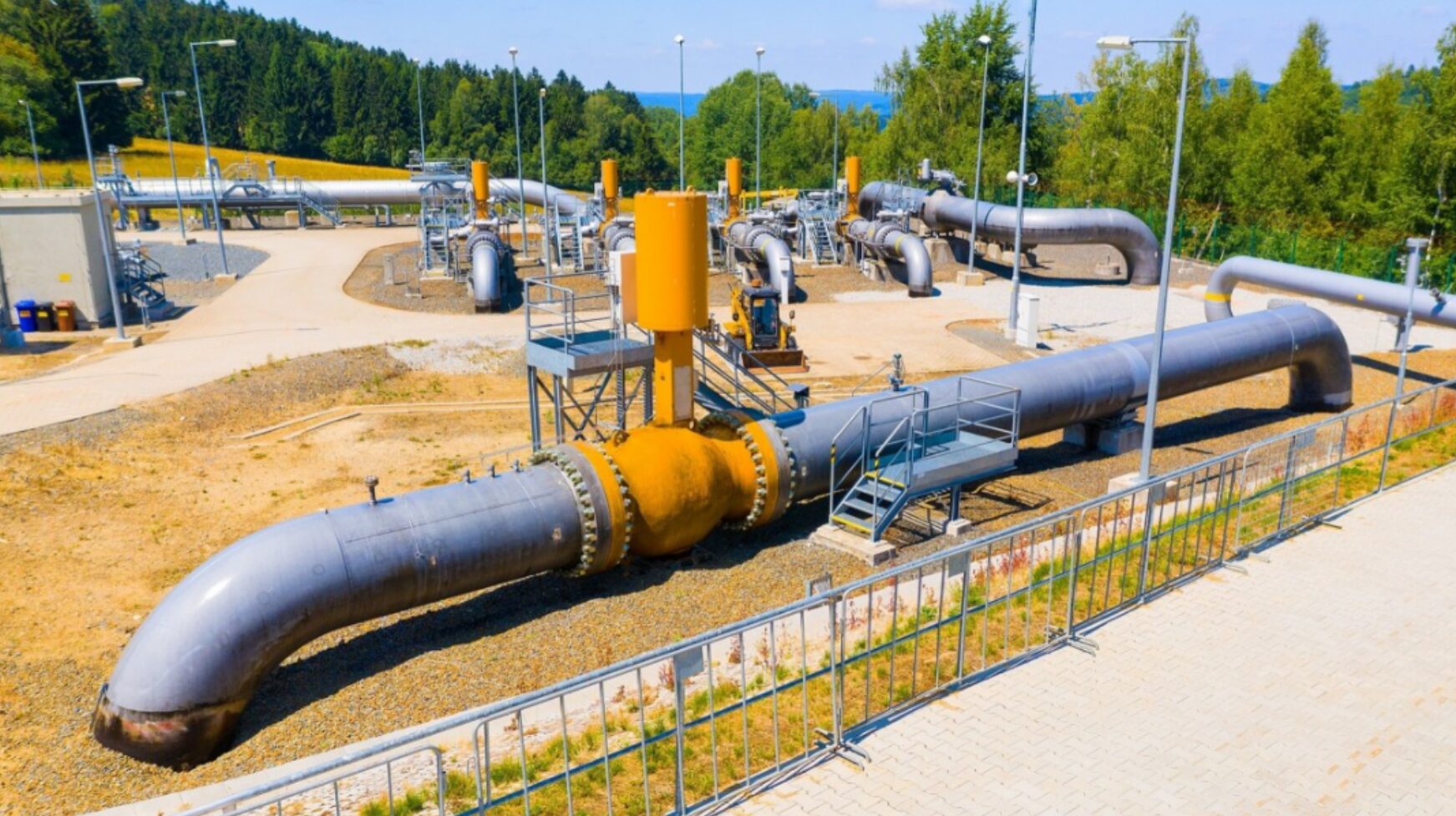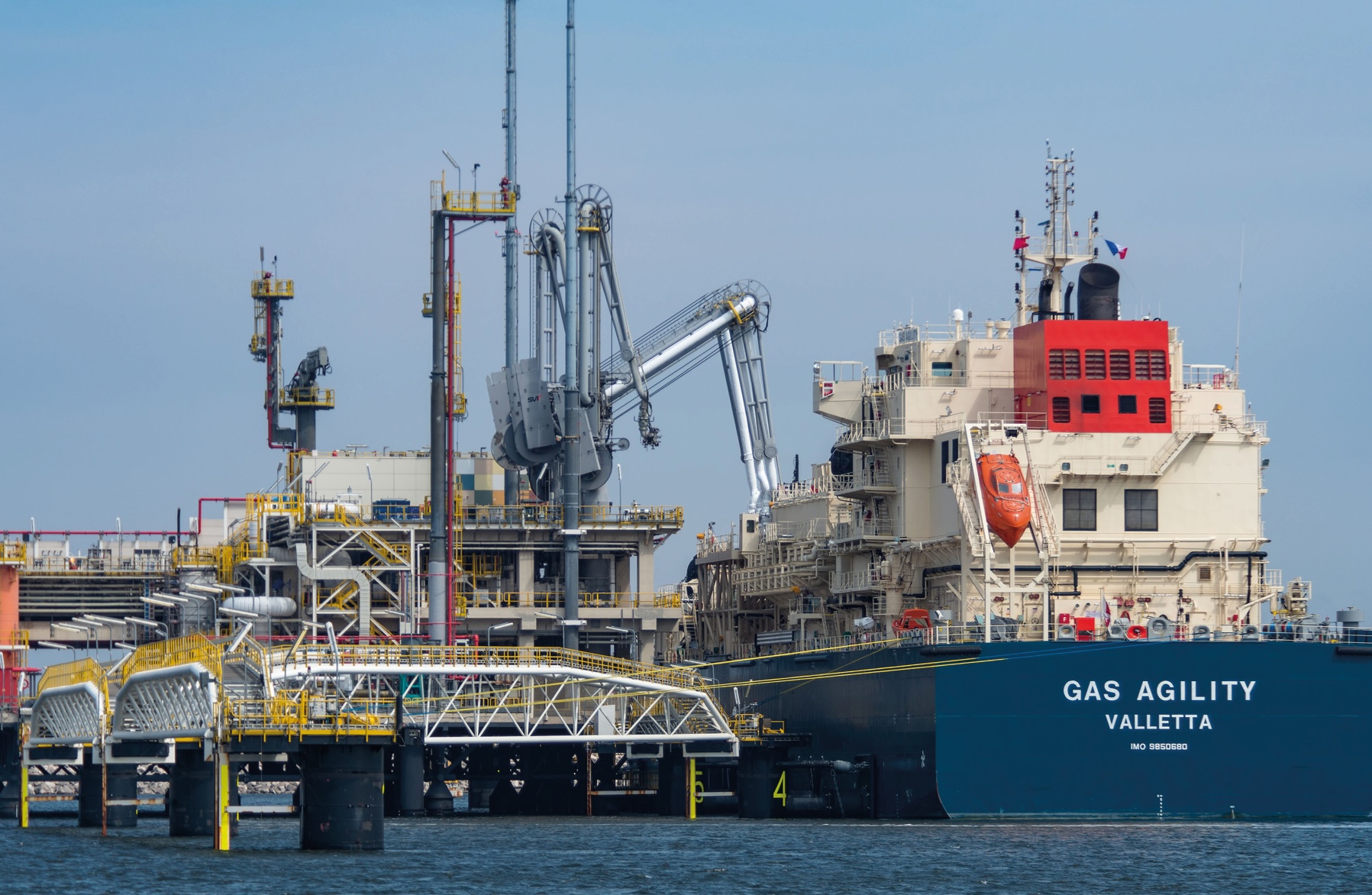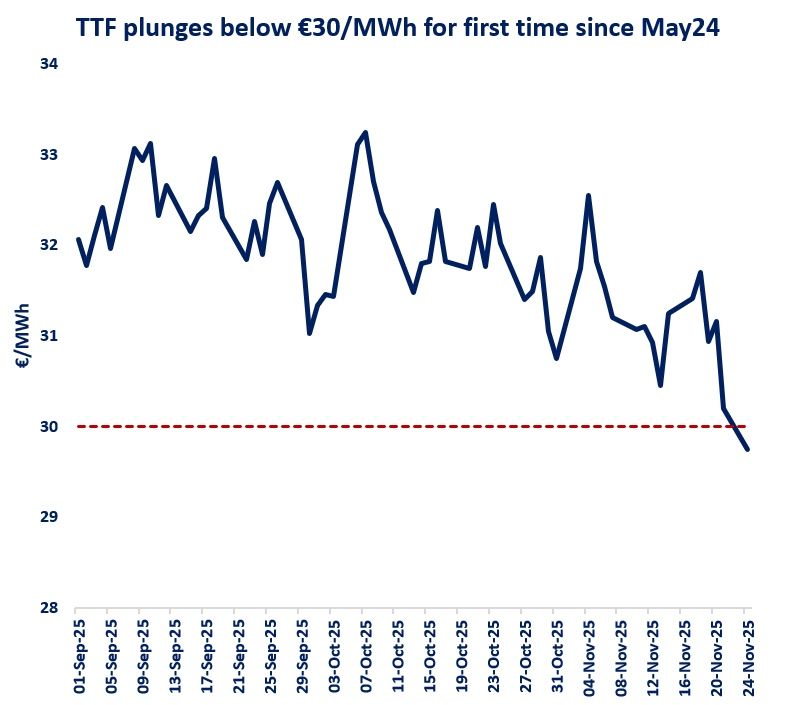

Gas-to-power demand volatility is climbing to new highs in northwest Europe amidst the rapid expansion of variable renewables and the continued phase-out of coal-fired power plants. this highlights the growing role of gas-fired power plants in ensuring electricity supply security.
The northwest European power system is undergoing a profound transformation: wind power output more than doubled since 2016, while coal-based generation declined by two-thirds amidst the gradual closure of coal-fired power plants in the region.
In this context, gas-fired power plants play an increasingly important role in complementing variable renewables and ensuring electricity supply security during peak demand and/or low renewable power supply.
The flexibility services provided by gas-fired power plants is naturally increasing the volatility of gas-to-power demand and consequently the short-term variability of gas prices.
While gas-fired power generation dropped by almost 30% since 2017, the volatility of gas-to-power demand increased by almost 60% during the same period. this trend is set to continue over the medium-term amidst the rapid expansion of renewables and the coal phase-out by 2030 is most northwest European markets.
This raises a number of questions on the investments required across the gas value chain: while gas demand expected to decline in northwest Europe, the range of its short-term variability is set to increase. this is set to drive the value proposition of gas flex providers, such as salt caverns, LNG peak-shavers and linepack management. there is also a question whether only flex services should be remunerated or there is a case to remunerate also the capacity…
Source: Greg Molnar (LinkedIn)

